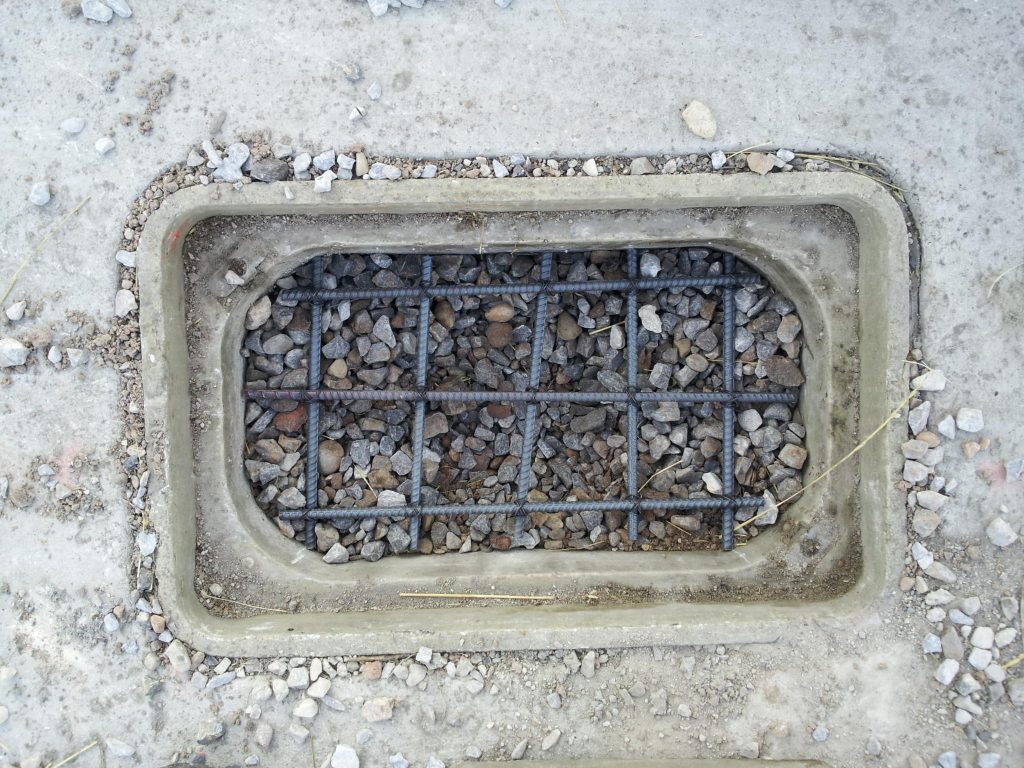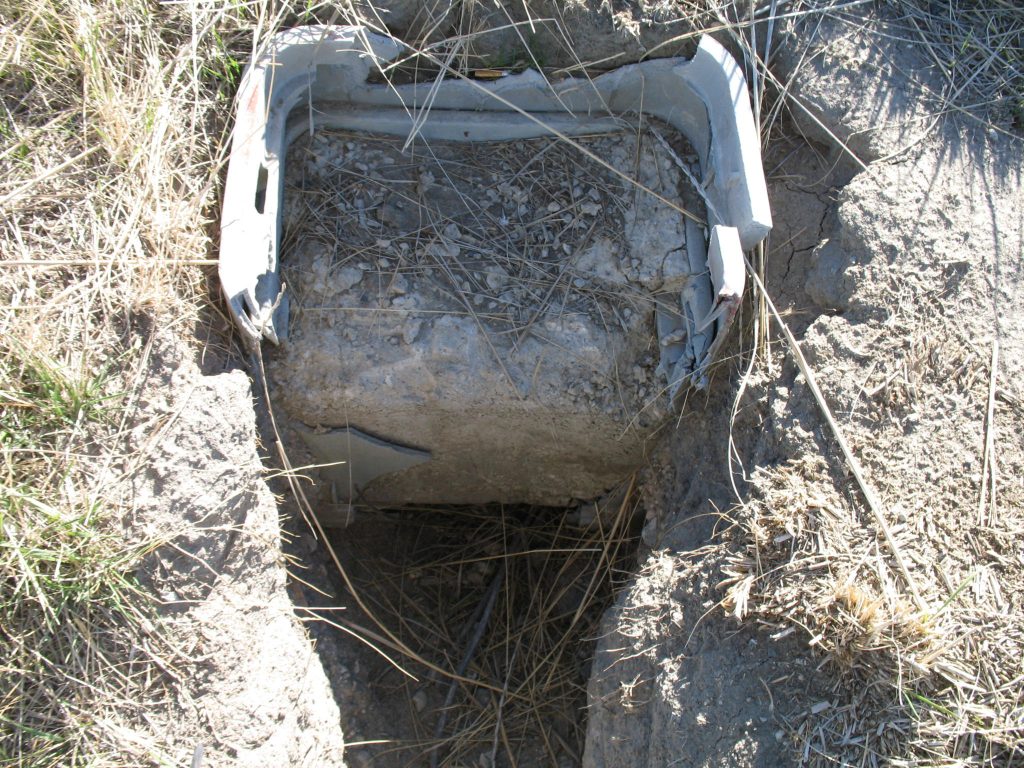Copper Wire Theft
February 12, 2013
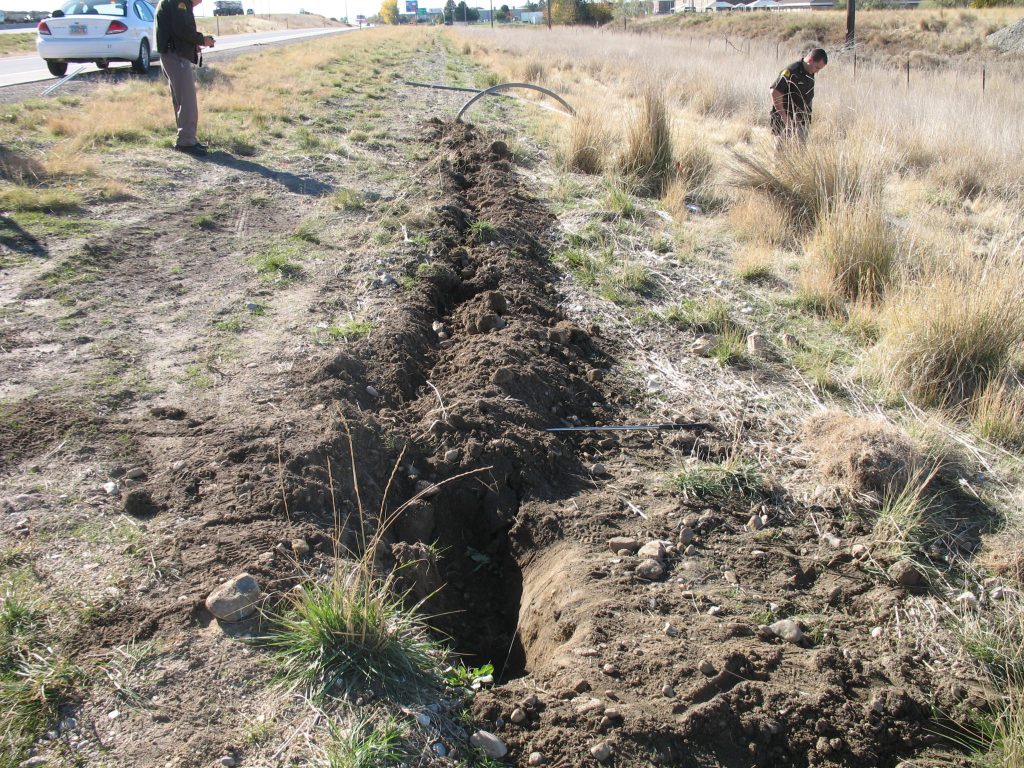
Driving in the dark lately? You may have noticed the lights are out along some sections of major interstates, like I-15, I-80, and I-215. But don’t blame the power company or burned out light bulbs…the real culprits are thieves who are in the business of stealing copper wire.
When you and I drive past the big light posts on the freeway, we might not think twice about the copper wiring that powers high mast and interchange lighting. But to some, the junction boxes next to the posts are a gold mine waiting to be found. To uncover the copper wiring and pull it out, thieves have used everything from shovels and trucks…to golf clubs and horses.
To combat their creativity, we’ve got to get a little creative ourselves. Led by Richard Hibbard, UDOT’s State Lighting Maintenance Crew (Mike Bishop, Todd Wright, John Garcia, Walter “Woody” Wood, and Brandon Clark) focuses on the hardest hit areas and the biggest targets.
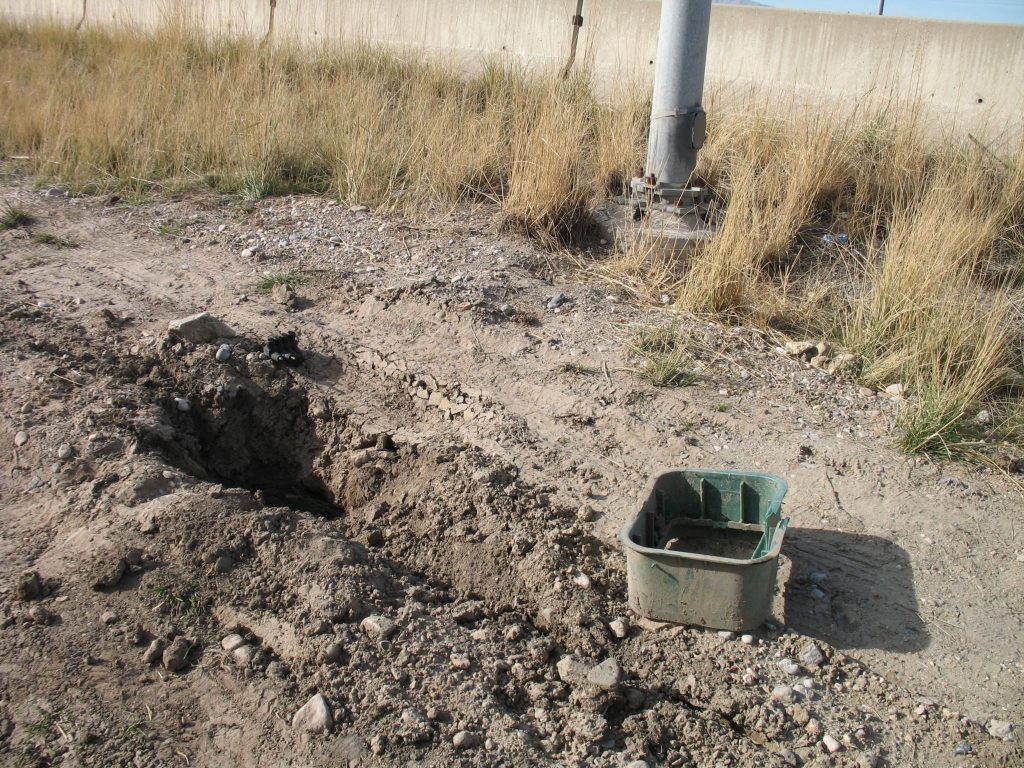
The crew is now moving junction boxes away from the light posts and burying them randomly, making the boxes more difficult for thieves to find. (Don’t worry, we’ve got a locator ball inside so our own guys know where they are.) The crew is also welding handhole covers onto poles, filling some boxes with concrete, and adding rebar to others to make it harder to chip the concrete away.
Despite our best efforts, thieves are still getting to some of those areas and they’re hitting new locations seemingly every week. Hibbard says some of the hot spots are I-80 near Stansbury Park, I-215 at 700 North and 2100 North, I-15 at 600 North, and I-215 at I-80. He says, “I- 215 at I-80 is just a mess. If anyone wants to know why those lights are out it’s because half the wiring is gone.”
In fact, the amount of copper wire that UDOT has had to replace in just the past two years is staggering. Since February 2011, crews have replaced 110,000 feet of copper wire in Region 2 alone.
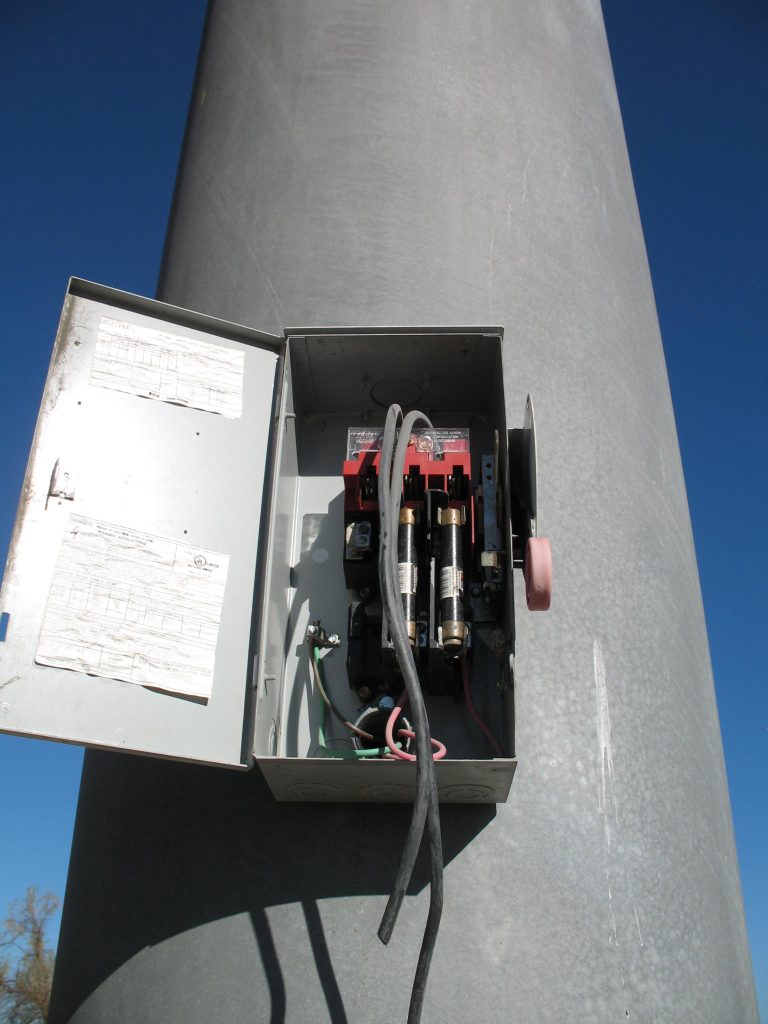
They suspect there’s another 75,000 feet missing they haven’t gotten to yet. And the situation does not appear to be improving. In January 2013, thieves made off with 15 hundred feet of copper wire from just one location.
Metal recyclers pay about $2.75-$3.00 per pound for unstripped wire, so a thousand feet of stolen wire would net someone anywhere from $300 to $700. Unfortunately, it costs a lot to replace that wire, and taxpayers are footing the bill. In the past two years, nearly $450,000 of materials and man hours has gone into replacing stolen copper wire. That’s enough money to pay for 26,000 feet of new cable median barrier.
Something needs to change, but what can we do? The answer is keep your eyes open. Hibbard says, “If you see anyone that appears to be working on lighting, someone should be asking questions.” And he means anyone. If you see a guy on a bike digging near a light post, a car pulled off the side of the freeway, or even someone in an orange vest poking around a junction box…be suspicious.
Hibbard suspects many of the thieves are electricians or others who know what they’re doing and look professional. He thinks some thefts may be happening during the day, but most happen at night. “The most suspicious thing is just any time you see a car parked on the side of the road, especially at night. I always find myself wondering what’s going on there.”
If you suspect copper wire theft is underway, but you’re not quite sure, you can always call the TOC and they’ll be able to find out if there’s legitimate work going on in that location.
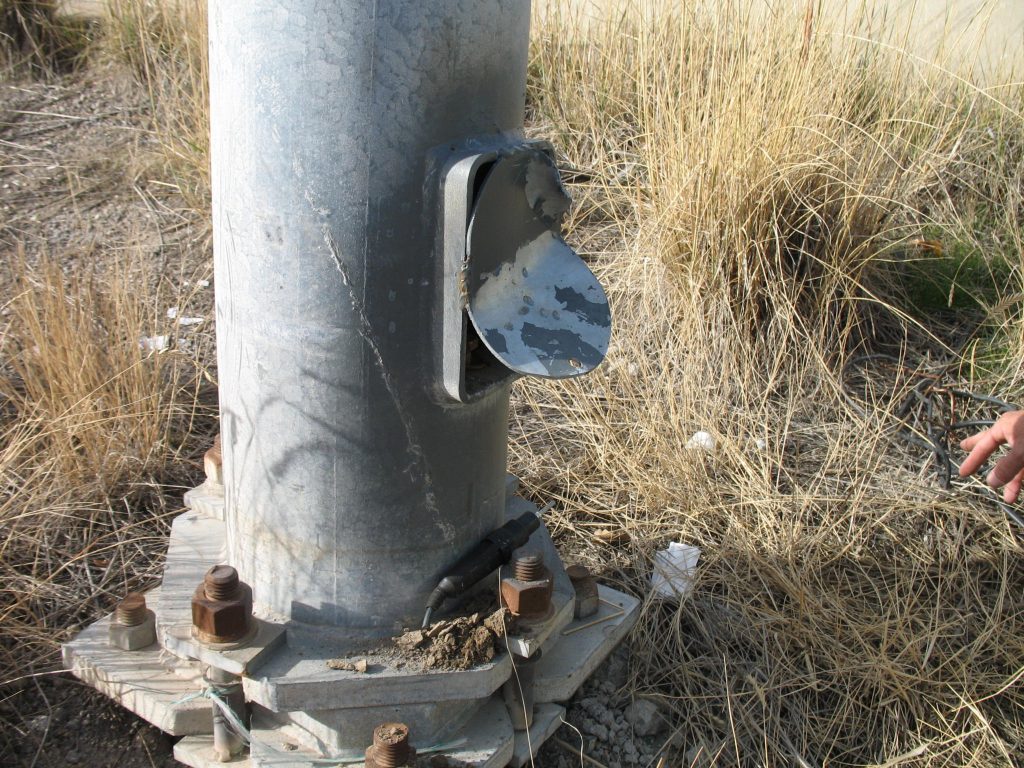
If you’re positive there’s a theft underway, just call the police. Let’s put the thieves behind bars, because after all, it’s our taxpayer money they’re stealing.
